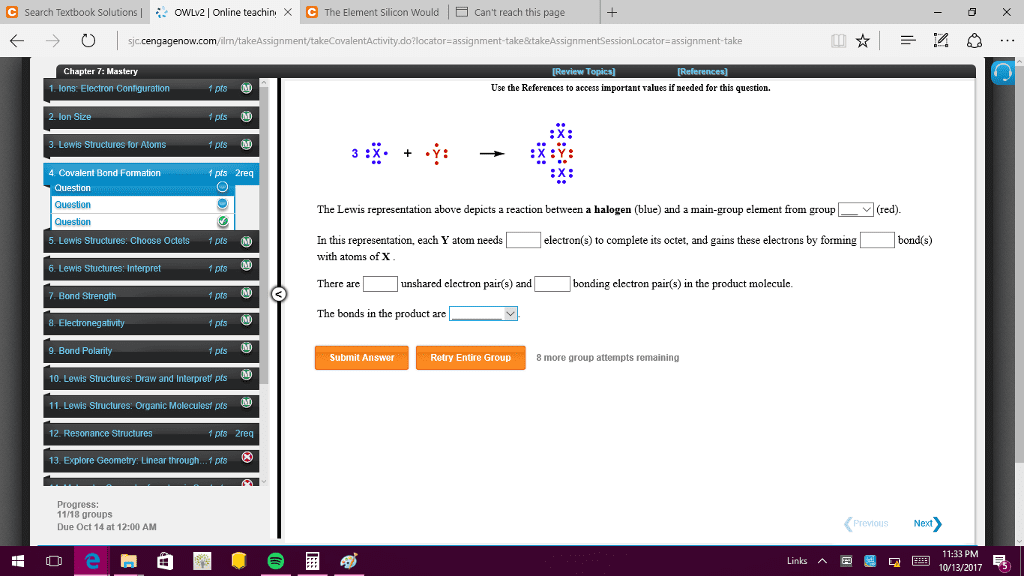CHM242H5 Chapter Notes - Chapter 15: Catenation, Sigma Bond, Hydrocarbon
Document Summary
Most organic molecules have more complex structures than most inorganic molecules. Carbon"s formation of covalent bonds rather than ionic bonds is the result of its electron configuration and its electronegativity value. Carbon"s ground state configuration is [he] 2s2 2p2. The loss of four electrons to form the c4+ Cation requires energy equal to the sum if the ie1 through ie4, the gain of four electrons to form the c4- anion requires the sum of ea1 through ea4, the last three steps of which are endothermic. Lying at the center of period 2, carbon has an electronegativity, En=2. 5, that is midway between that of the most metallic element and the most non-metallic element. The number and strength of carbon"s bond lead to its property of catenation. Catenation is the ability to bond to itself. Carbon"s small size and ability to form hybrid orbitals and multiple bonds increase the number of different molecules by affecting molecular shape.



